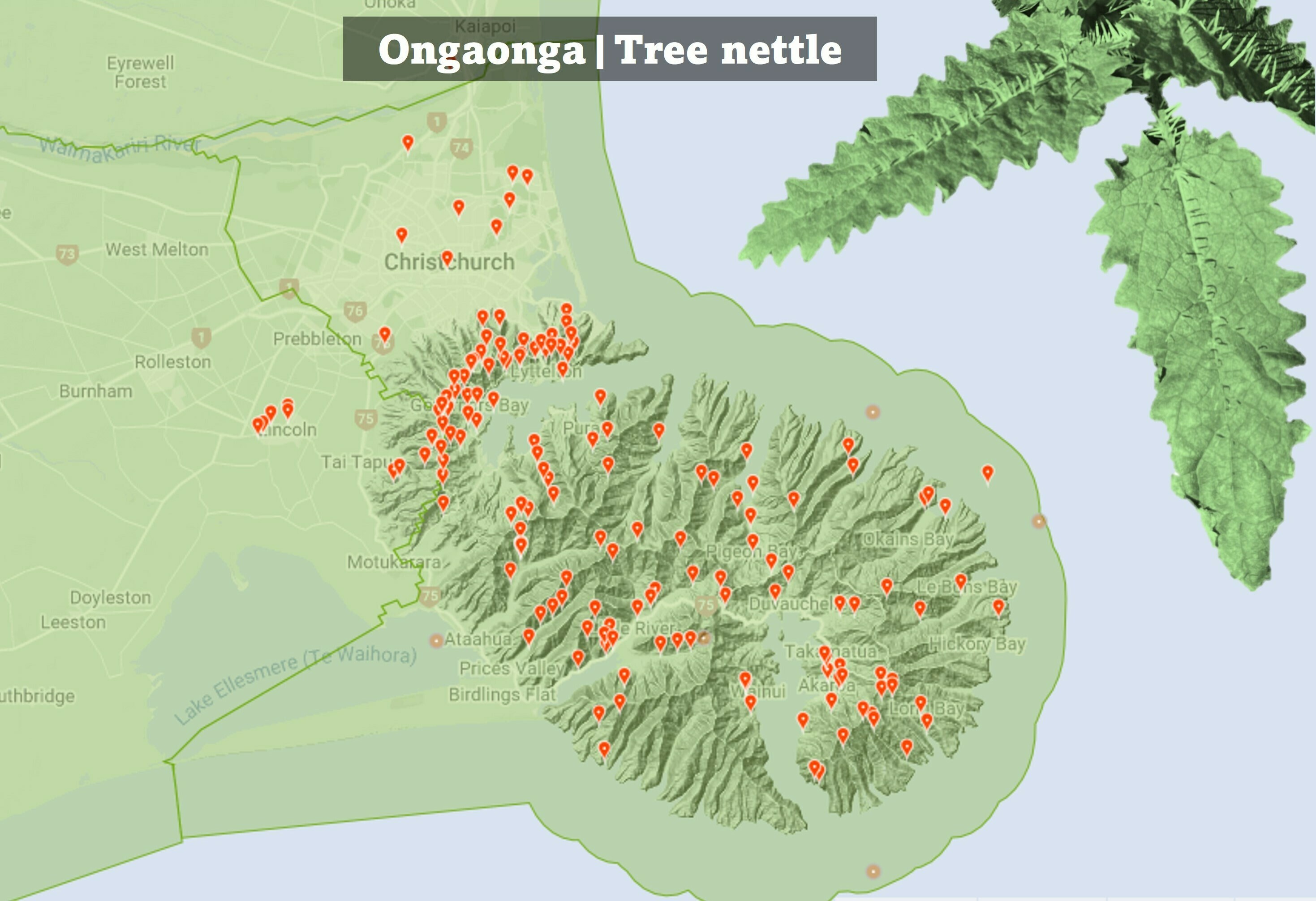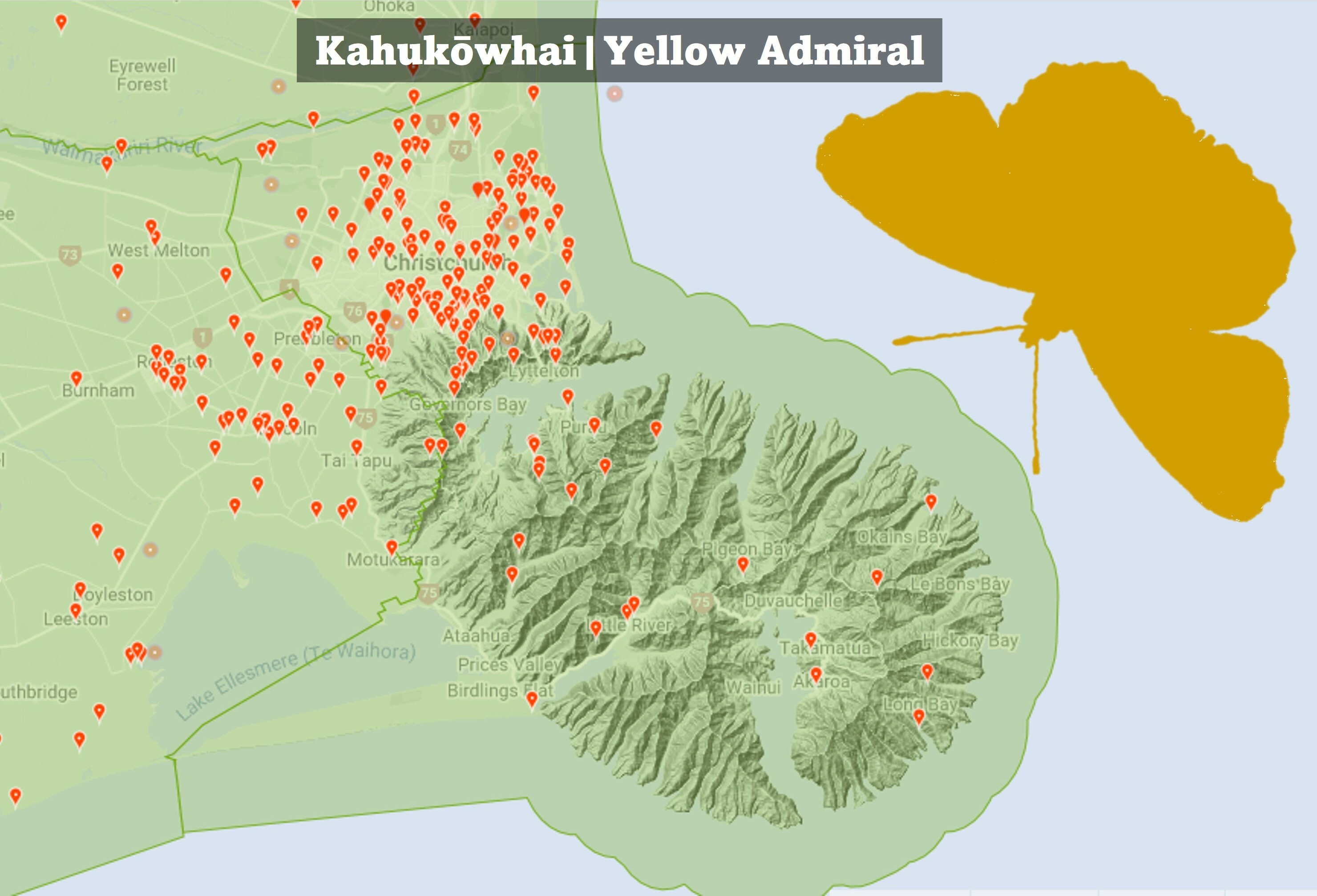by Dr Rebecca Le Grice
As more adult admiral butterflies appear towards the peak of the Canterbury summer, it is a great time to do some digging into their past and think about their future.
Two species of admiral butterfly are prevalent in Canterbury, the endemic (found only in Aotearoa New Zealand) kahukura or red admiral (Vanessa gonerilla) and native kahukōwhai or yellow admiral (Vanessa itea). These butterflies have chosen a prickly plant friend, stinging nettle, to rely on.
Although nettles don’t have a big human fan club, these butterflies love them because they provide an added layer of natural protection for their tiny eggs and caterpillars while they grow up. In fact, without these nettles there would be no admiral butterflies for us to enjoy watching as they flit about in the summer sun.

Admiral butterflies have always been an eye-catching sight and were first mentioned in Canterbury newspapers in 1924. In an article in his series published in The Star called 'School in the open. Studies in the great outdoors', J J S Cornes noted that the kahukura was found commonly in the Port Hills.
An article by Canterbury Museum Curator R A Falla entitled 'Museum Notes, Butterflies', published in 1937 in The Press Junior, a supplement to The Press, describes how the kahukura was by far the more common and frequently sighted of the admiral butterflies with the kahukōwhai far less common.
These days you're just as likely to spot either, as the kahukōwhai has become far more common. Our endemic kahukura is still sighted more frequently on Banks Peninsula as Cornes suggested in 1924, but the kahukōwhai is abundant in more built-up areas. The most likely explanation for this is that while the kahukōwhai may feed on introduced nettle species as well as our endemic tree nettle ongaonga (Urtica ferox), the kahukura is reliant on ongaonga alone. Ongaonga is far less common in Canterbury nowadays but retains a presence on Banks Peninsula.
Greer Sanger, a Masters student at The University of Otago, has recently carried out experiments with the kahukura and confirmed this close relationship between the kahukura and its favourite food. To learn more and see what you can do to help conserve these butterflies check out this poster made by Greer.



Rebecca Le Grice is Curator Natural History





